Home > Climate News >
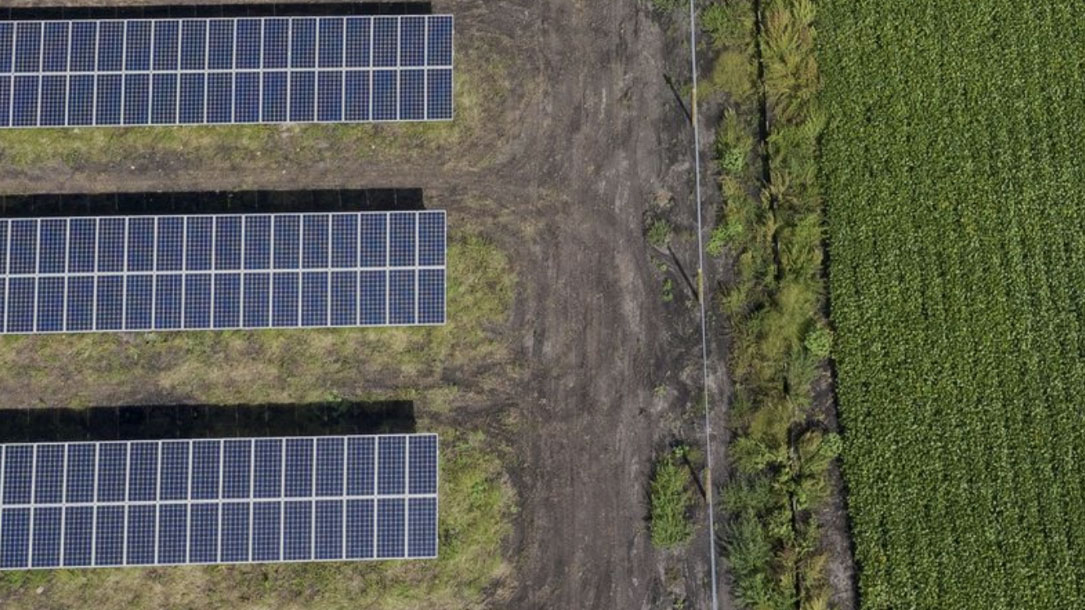
Struggling Farmers See Bright Spot in Solar
“U.S. farmers are embracing an alternative means of turning sunlight into revenue during a sharp downturn in crop prices: solar power.
Solar panels are being installed across the Farm Belt for personal and external use on land where growers are struggling to make ends meet. The tit-for-tat tariffs applied by the U.S. and China to each other’s goods have cut demand for American crops. Futures prices for corn, soybeans and wheat are all trading around their lowest levels since 2010. Making matters worse, record spring rainfall…”

U.S. Solar Market Insight
“The U.S. installed 13.3 gigawatts (GW) of solar PV capacity in 2019 to reach 77.7 GW of total installed capacity, enough to power 14.5 million American homes. Solar accounted for 40% of all new electric generating capacity added to the grid in 2019 – more than any other energy source and the highest share in the industry’s history…”
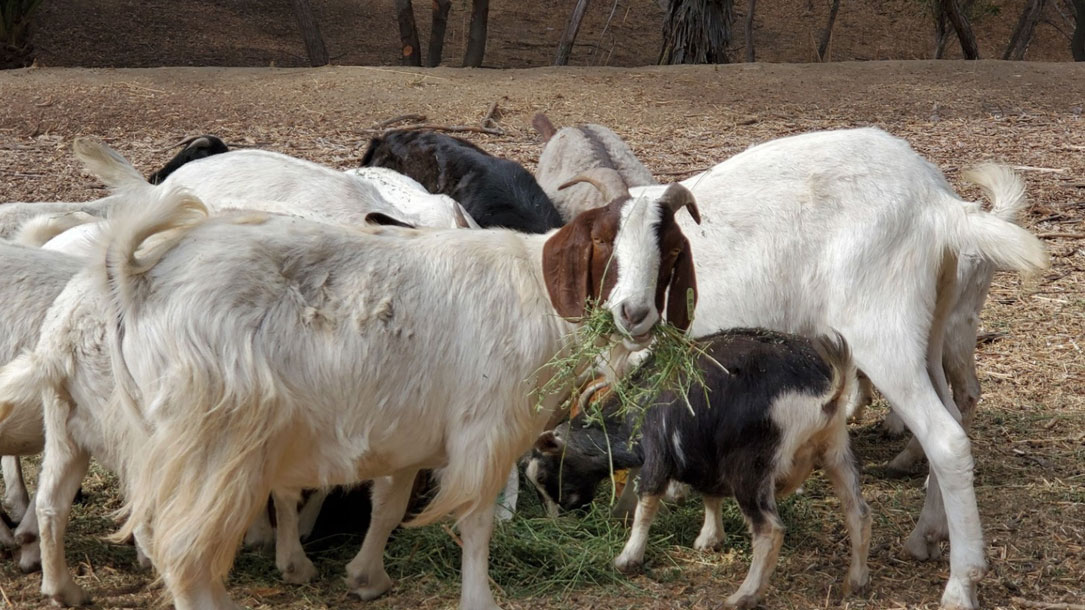
California Cities Turn To Hired Hooves To Help Prevent Massive Wildfires
“California has gone through several difficult fire seasons in recent years. Now, some cities are investing in unconventional fire prevention methods, including goats.
Anaheim, a city southeast of Los Angeles, has recently re-upped its contract with the company Environmental Land Management to keep goats grazing on city hillsides nearly year-round.
The goats are stationed in places like Deer Canyon Park, a nature preserve with more than a hundred acres of steep hills. Beginning in July, roughly 400 goats worked through the park, eating invasive grasses and dried brush…”
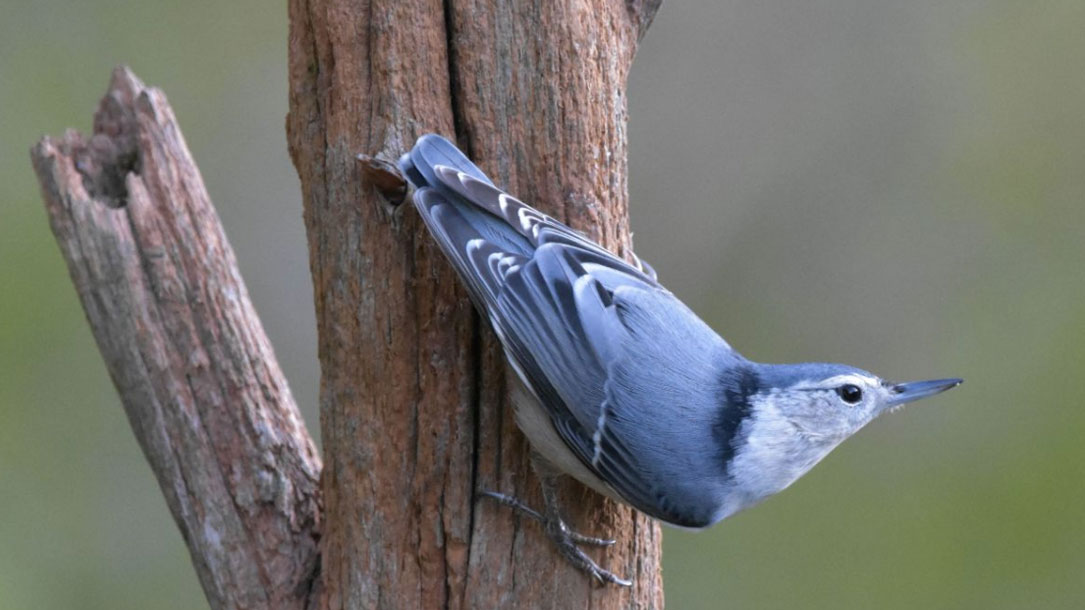
New studies look at how climate change is impacting migratory birds
Migrating birds may not be keeping up with the rapidity of climate change in our era. Another headline-grabbing study, released in mid-2019, documented the disappearance of 1.9 billion birds from North America over the last 50 years. Many factors are contributing to this alarming decline, but climate change is clearly one of them. Since humans began recording annual temperatures, 17 of the 18 hottest years on record happened during the first 18 years of this century, according to both NASA and NOAA…
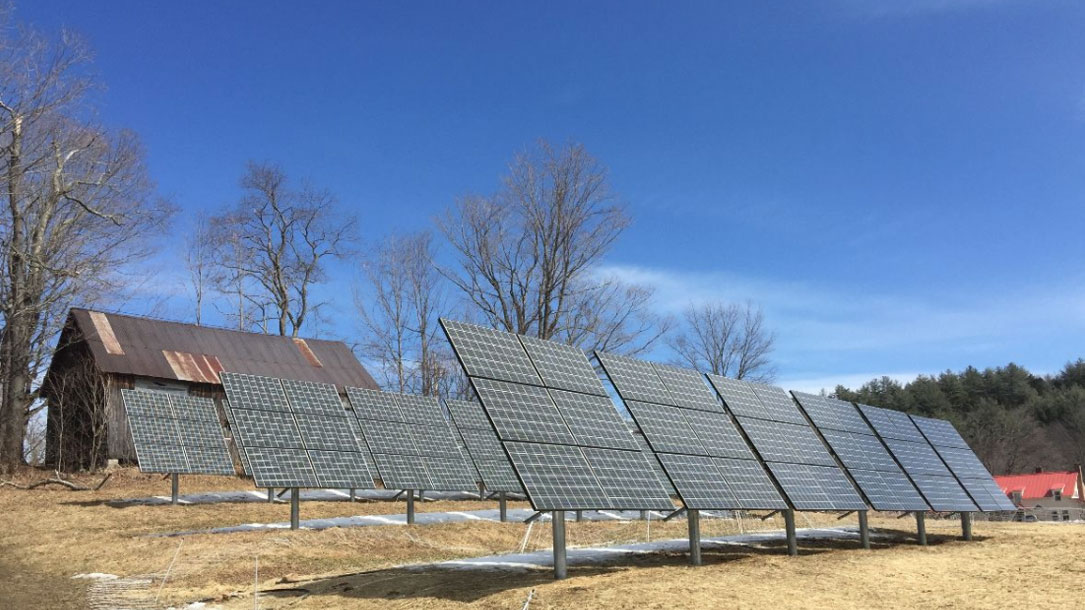
What businesses [including land trusts] should know about the evolution of rural solar
Solar projects certainly are growing rapidly throughout the United States, with total installed capacity just shy of 70 gigawatts and a contracted pipeline of 27.9 GW, according to SEIA. A recent Wall Street Journal analysis of EIA data reported that solar projects occupied 258,000 acres in 2018, while NREL estimates that solar will occupy 3 million acres by 2030.
That may be a small fraction of the nearly 900 million acres of farmland in the United States (PDF), but it’s enough to make agricultural communities apprehensive about the advance of solar onto previously pastoral land. While landowning farmers are grateful for the steady income that comes from leasing to solar projects, others in rural areas—including many state agricultural departments—are still grappling with what the growth of solar will mean for their concept of rural land and role as agricultural boosters…
And with wind and solar cropping up in more rural communities, the bar is being set higher. “The future for renewable energy has to include a sustainable land use component,” Hoosier Energy’s Cisney said. In leveraging new partnerships and co-location opportunities among developers, farmers and local communities, rural America has the potential to assume a more active leadership role in cooperatively advancing the clean energy transition…

One of the world’s biggest investors is preparing its $178B portfolio for climate change
Dutch investment giant PGGM is undertaking a radical exercise to find out which assets and areas in its portfolio are most exposed to climate change and using the data to shape future investment decisions, including where it buys new buildings.
PGGM owns stakes in 4,000 assets around the world with a total value of €160B ($178B). Its equity stake in that portfolio is €14B ($15.5B). With the roughly $16B of listed real estate stocks it also owns, it is the world’s 12th-largest owner of real estate, according to IPE Real Assets…

Young California ranchers are finding new ways to raise livestock and improve the land
These first-generation ranchers are young, often female and ethnically diverse. Rather than raising beef cattle destined for feedlots, many are managing small grazing animals like sheep and goats. And they are experimenting with grazing practices that can reduce fire risk on hard-to-reach landscapes, restore biodiversity and make it possible to make a living from the land in one of the most expensive states in the country.
Our research focuses on food systems, rangelands and livestock production. In our recent work, we found new ranchers in California using innovative strategies that they believe can mitigate fire risk to communities and improve soil through grazing.

Urban forestry takes on the world. But first, Rhode Island
Among dozens of new trees transforming a muddy Catholic elementary schoolyard, the pastor opened his Bible only a handful of pages, going full Old Testament in his impassioned spiritual plea for more trees.
Beside him stood Rhode Island’s Governor Gina Raimondo, who had just given an equally impassioned speech about the many scientific and public health benefits of trees. And when the children were unleashed with shovels to plant the final tree, it reminded everyone what perspective matters most: creating a stable future together…
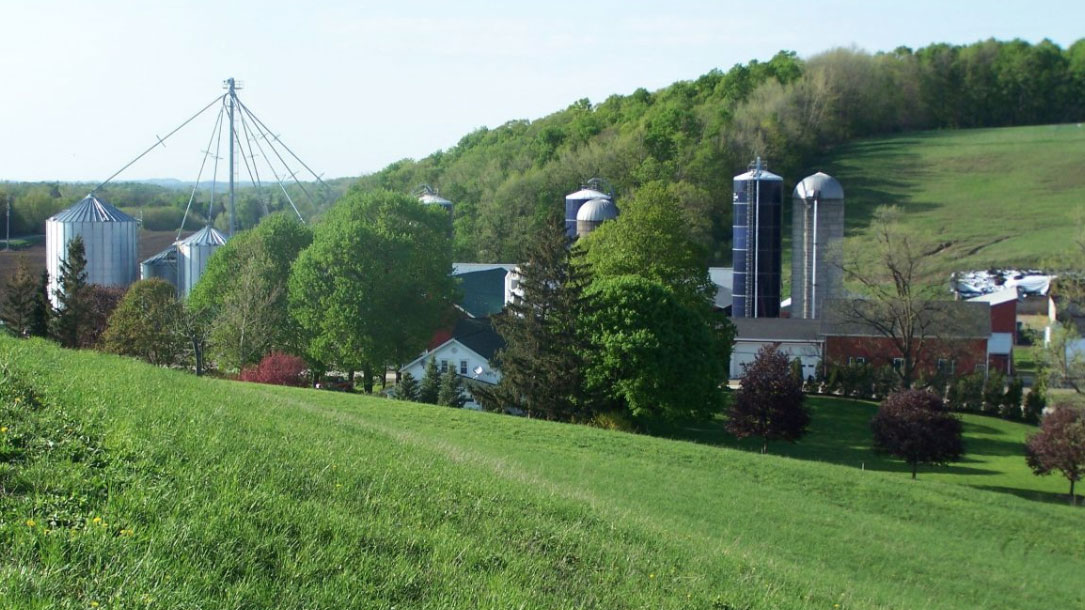
Startups aim to pay farmers to bury carbon pollution in soil
Last summer, Boston-based Indigo Agriculture made headlines in business media with the announcement of its Terraton Initiative, which aims to pay growers to sequester one trillion tons of carbon dioxide.
Although Indigo is involved in a range of farm-related activities, from microbial seed treatments to agronomy (expert farm consulting, essentially) and crop transportation, soil carbon is a major focus. The company has promised that farmers who signed up for its carbon program before the end of 2019 will receive at least $15 per metric ton sequestered. Payments will be financed partly through the sale of offsets, which go for $20 per ton. As of late January, growers had committed more than 17 million acres to the program, according to Indigo’s website…

2019 ended Earth’s warmest decade since record-keeping began, scientists say
“The last decade was the warmest on record, federal climate scientists announced Wednesday, with 2019 becoming the second-warmest year on record.
Global temperature records began more than 140 years ago in 1880. The warmest year recorded was 2016, which was just .07 degrees Fahrenheit warmer than last year.
Scientists from the National Oceanic and Atmospheric Administration and NASA made the announcement at the annual meeting of the American Meteorological Society in Boston…”












